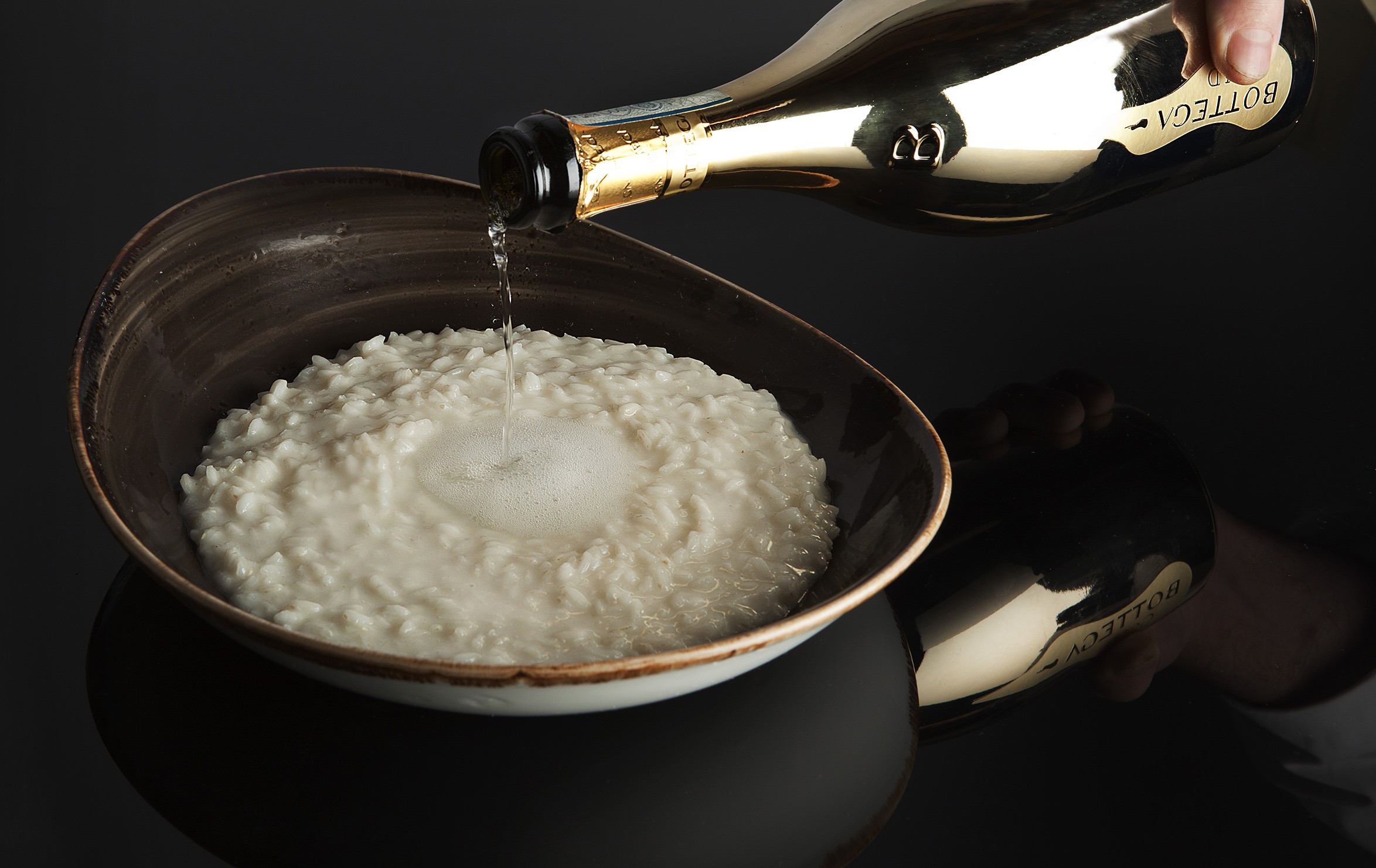UK forecast to become a centre for Chardonnay cultivation by 2050
A new study from the University of Reading has suggested that, due to climate change, more than one-fifth of the UK will be suitable for the cultivation of Chardonnay for still wines by 2050.

While many vineyards across Europe suffered through the scorching summer temperatures, British producers were reaping the benefits of the warm weather, particularly after frost and rain posed such difficulties during the 2021 vintage.
The study, published in OENO One, looked at how conditions affected the quality of wine in Chablis and considered three aspects that would affect this: mean temperature between April and September, mean minimum temperature in September, and total rainfall from June to September.
Whereas just 2% of land in the UK is supposedly suitable for producing premium Chardonnay at present, within the next three decades that figure is expected to leap to between 20 and 25%.
Alex Biss, the PhD student who led the research, said: “There are some great sparkling wines produced from Chardonnay grapes already in the UK, but the grapes used in sparkling wines don’t need as much ripening as for still wines. A good Chardonnay vintage is not attained reliably in Britain at present, but climate change looks set to change that in the not too distant future.”
Partner Content
“There are of course unknowns,” Biss added. “Just because a region has a suitable climate, it doesn’t mean that it has the right sort of land for growing vines. But the fact remains that climate change will very likely bring a further expansion of viticulture in the UK.”
The areas of the UK which are believed to be ripe for the production high-quality Chardonnay by the midpoint of this century are the east, south east and centre of England, with Essex, Kent and the Isle of Wight in particular showing signs of promise. This overlaps with another study’s suggestion of areas in the UK which might be ideal for red varieties.
Of course, the reason for this trend is the alarming rate at which growing season temperatures are rising, with an increase in global temperature of between 2 °C and 3 °C predicted for 2100, even with climate policies to curb emissions in place.
“We are not celebrating global warming, which for so many is already causing major challenges to food production, public health, and more. Rather, it’s something that we must monitor and respond to by changing what we grow, and where. The immediate implication of our findings is that UK viticulturalists establishing new vines, in the areas above, should consider planting dual-purpose Chardonnay clones suitable for both sparkling and still wine production,” concluded Biss.
While producers might be basking in the sunshine for the moment, there is still a great concern about what climate change means for the long-term viability of UK viticulture. Hot summers are one thing, but unpredictable winters could prove to be the real challenge.
Related news
Domestic growth and premium demand drive UK wine market
‘Business as usual’ for Ridgeview as English sparkling wine producer enters administration
‘We are crazy’: Gusbourne tasting shows the ambition behind English wine’s rise




